We sit down with Bo Merckle of SamsSon Lures to discuss his unique idea for the ultimate memorializing bass fishing lure of your loved one.
BUZZBAIT FISHING MADE EASY: ESSENTIAL TIPS AND TRICKS
“Shallow waters with vegetation or structure are ideal for retrieving buzzbaits and luring fish to strike”
When it comes to luring bass, using buzzbait fishing can bring about numerous advantages. With its wiggling skirt, flashing blades, and plopping sound when it lands on the water, this type of lure is almost a surefire way to attract attention from the inherently curious and aggressive fish.
Although buzzbait fishing has the potential to be an excellent method for catching bass, its effectiveness can be enhanced with greater knowledge. Merely having high-quality lures is insufficient if they are not being utilized to their fullest potential. To optimize your experience, refer to this comprehensive guide on buzzbait fishing.
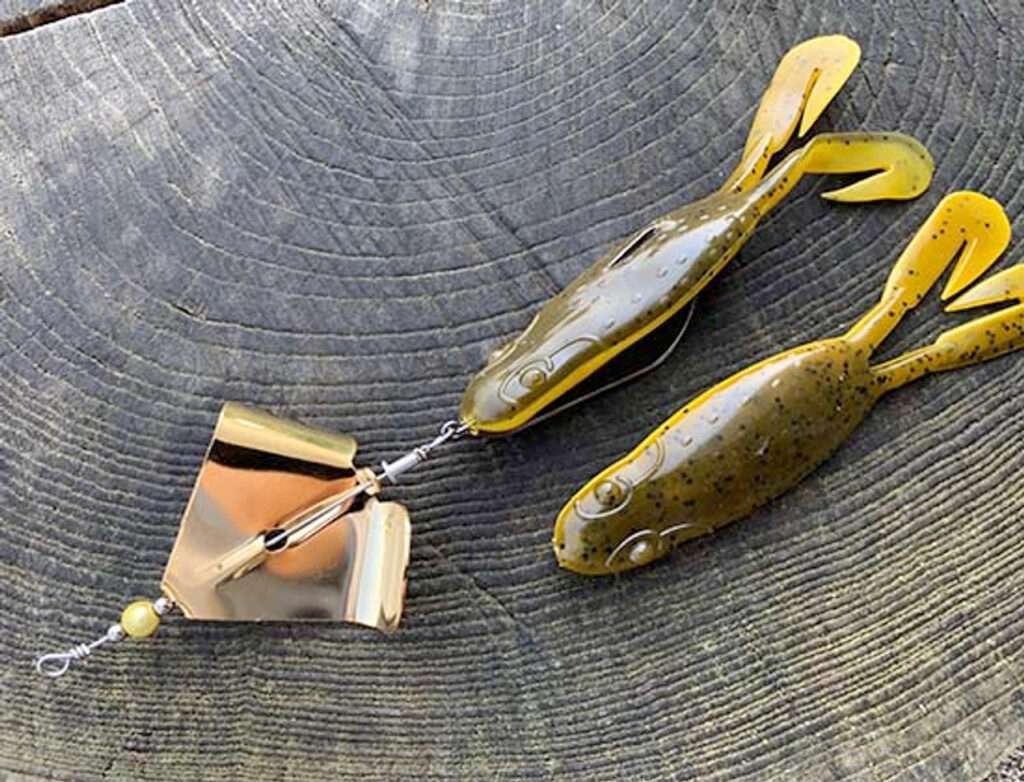
What is Buzzbait Fishing?
Buzzbaits belong to the wire bait family as they are constructed using metal-wire frames. The standard J-shape design features a blade attached to the shorter wire located on top. Although Buzzbaits are categorized as topwater bait, unlike their counterparts, they have the ability to sink. The blade positioned on top enables them to stay on the surface during retrieval while producing a buzzing movement and bubble trail that lure in bass. They come with a lead-head attached to the hook and are tied up at the front corner bend of the lure.
The conventional buzzbaits usually come with a silicone skirt and a lead keeper, allowing easy attachment of toads, craws, lizard or swimbait trailers. However, a growing number of anglers are now opting to discard the skirt and add a soft toad directly onto the head of the lure. To facilitate this technique, certain buzzbaits now feature metal keepers that simplify the process of affixing plastic toads. Ultimately, it boils down to personal choice as to which method one prefers to utilize.
When using buzzbaits, it’s recommended to opt for darker colors such as black or other shades if the sky is cloudy. However, if it’s sunny outside, white is a more suitable option. In case you aim to mimic a bream, green would be the best color to choose from. It’s worth noting that there are different sizes available for buzzbaits, with half-ounce being the most popular size while 3/8- and 1/4-ounce variants are also available.
Although size can be a crucial factor, the blade size and wireframe size are more significant. When the blade is larger, it creates more disturbance on the surface. For greater control, smaller blades are preferable.
It is possible that specific situations may require different buzzbaits to suit your liking, hence the significance of experimenting with various types. Additionally, double-bladed buzzbaits can generate a distinct water disturbance. While in-line buzzbaits are not frequently used, their straight design may serve a purpose for you.
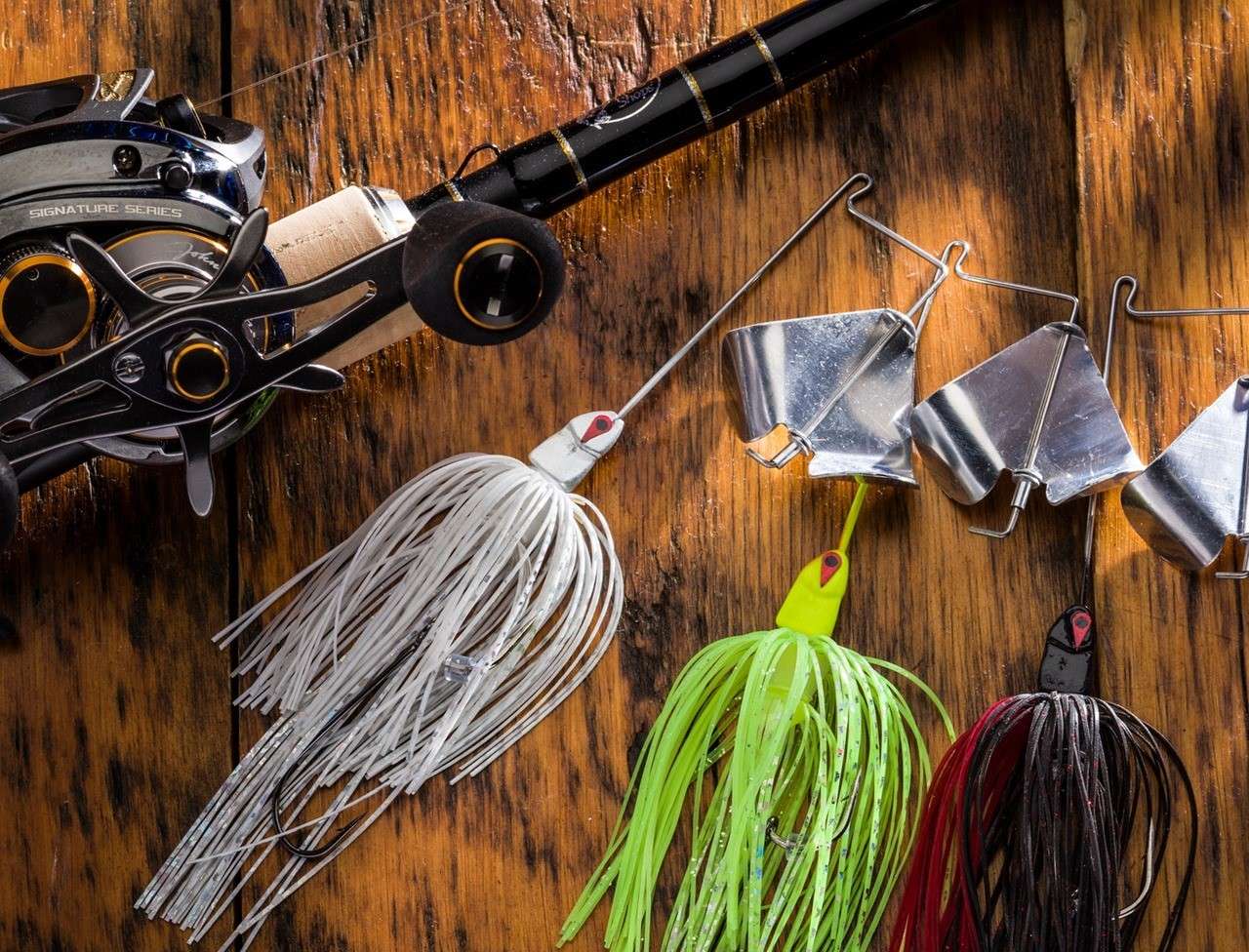
Best Buzzbait Setup for Bass
For successful buzzbait fishing, having an appropriate rod that can easily throw them is crucial. Usually, a medium-heavy or heavy baitcasting rod is considered the most suitable choice. However, some experts suggest using a frog rod instead, which is also a viable option. Alternatively, if you don’t have either of these rods, a jig rod can also be used for this purpose.
When fishing in areas with grass or other potential hazards that could trap a bass, it is recommended to use a weightier rod. On the other hand, if you plan on skipping docks or require more precision, opting for a shorter rod is ideal. However, if you don’t need as much accuracy, then a 7′ to 7’3” long rod is better suited for casting over longer distances.
If you’re in the market for a fishing line, opting for a braid is usually your best bet. Its durability ensures it won’t snap or elongate during use, withstanding a strength resistance of 50-65 pounds. Alternatively, using a fluorocarbon with a range between 15-20 pounds can also be effective.
If you want to work the turning blade of your buzzbait with ease and wind it in faster between casts, it is important to have a high retrieve speed on your reel. Opting for a reel with at least a 7:1 retrieve ratio will ensure that you achieve this goal. In fact, choosing an 8:1 ratio would be even more advantageous.
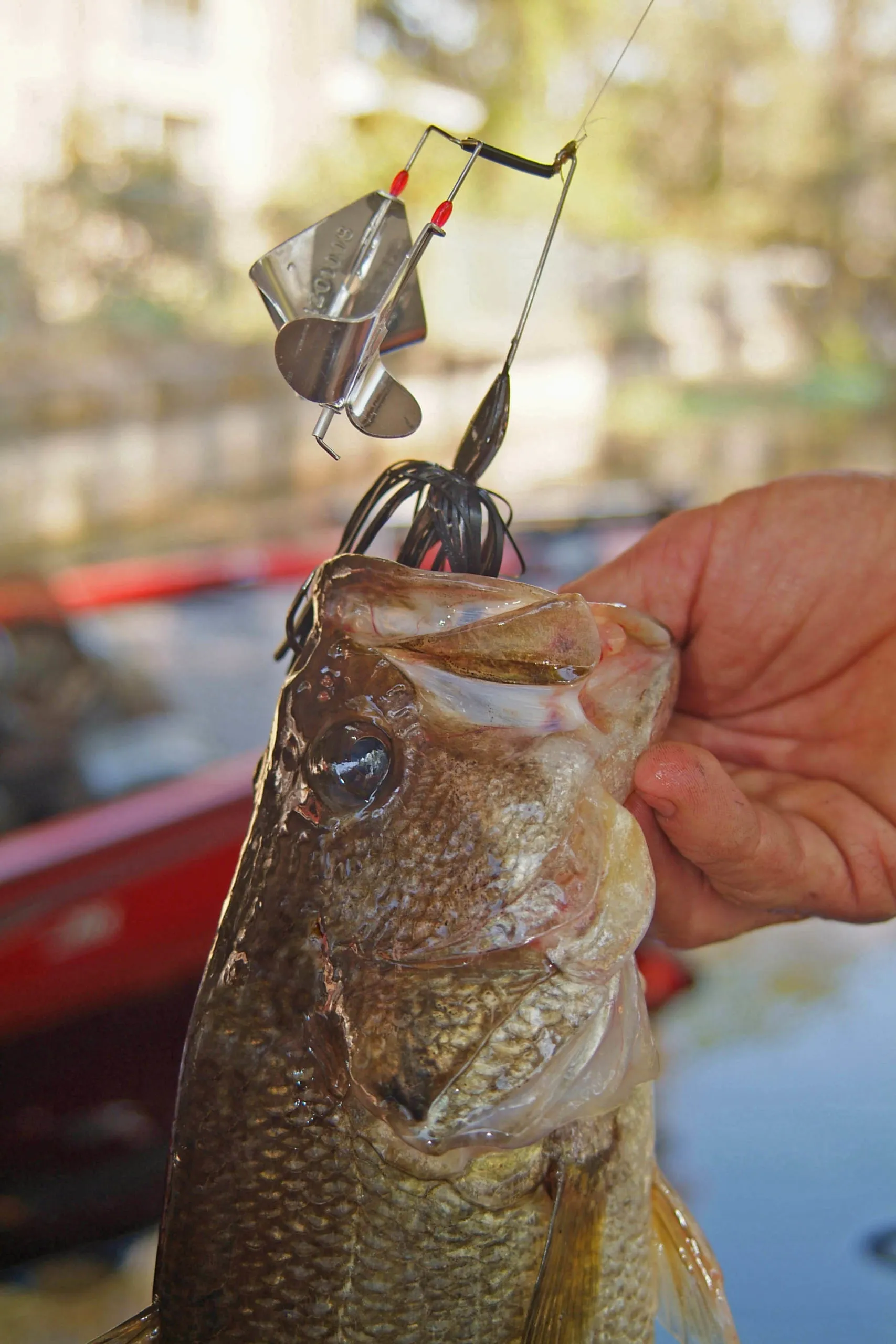
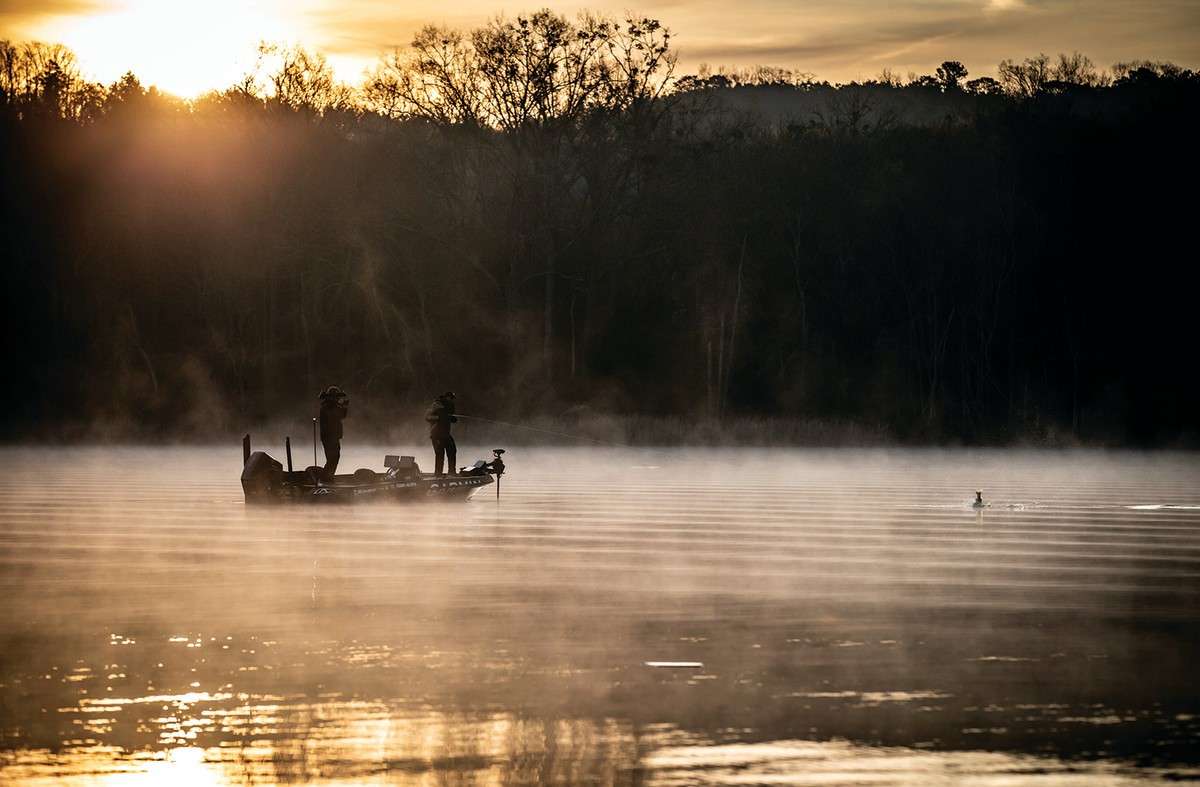
How to Fish a Buzzbait
Using a buzzbait for fishing is quite simple. Just cast it at your target and .once it lands, initiate a rapid retrieve to set the blade in motion. The speed at which you can rotate the blade determines how quickly you can entice the bass.
To maintain the buzzbait’s agitation on the water surface, it is recommended to initiate a slow retrieve. Alternatively, you can opt for a high-speed retrieve to burn the bait. It is advisable to experiment with varying speeds and directions while keeping in mind the location of your fishing spot to attract fish. Determining the most effective technique may require some trial-and-error.
It is important to note that bass may sometimes swipe at the buzzbait rather than fully biting onto it. To increase your chances of hooking more fish, it is recommended to wait for a second after the initial bite before setting the hook. This allows the fish enough time to fully engulf the lure. Additionally, using a trailer hook can be beneficial in catching more bass.
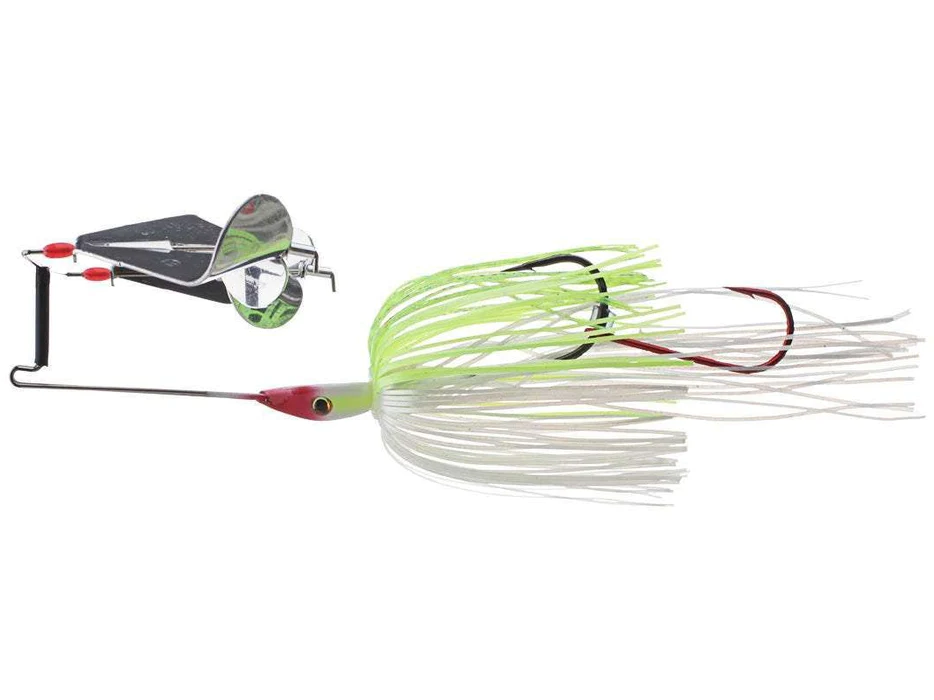

When to Fish a Buzzbait
In order to attain success using buzzbaits, it is advisable to repeatedly cast in areas that are suitable for their application. These areas generally consist of open covers like willow grass, reeds, flooded bushes, standing timber, and dock posts. Buzzbaits prove to be highly effective in these areas owing to their competence in covering water proficiently.
The utilization of a buzzbait can be advantageous in various circumstances. Traditionally, experts would limit their use to low light conditions such as mornings, but this practice has evolved. Presently, they are employed throughout the day and across all seasons.
Having knowledge about the environment and circumstances can assist you in determining whether buzzbaits are suitable. Additionally, it will guide you in selecting the most appropriate type of buzzbait and the corresponding techniques to use. In the spring season, bass generally move towards the surface during the warmer hours of the day when water temperature reaches around 60 degrees Fahrenheit. During such conditions, casting a buzzbait in inundated bushes can significantly increase your chances of catching pre-spawn bass.
During the height of summer when bream are spawning along the riverbanks on a sunny day, it is possible to use buzzbait to capture bass that have moved into the shallows. Buzzbait can also be employed in autumn if baitfish are visible in the shoreline or shallow water. Nonetheless, it is important to note these fishing techniques for optimal usage.
There are several types of buzzbait lures that you can experiment with. The simplest and most prevalent one is the single prop non-clacker lure, which features a solitary propeller and no clacker. Despite its simplicity, it can prove to be highly successful. Excessive noise could sometimes backfire, particularly when the water is still, as the sound will travel further underwater. If you’re unsure about what type of lure would attract bass in a specific location, this is an excellent starting point.
Additionally, there exists a singular clacker lure designed as a modification to the original buzzbait design. The clacker, which consists of a metal piece hanging on a hinge and draped over the propeller, was created through experimentation. When the prop spins, the clacker produces a noise that resembles the effect of placing a baseball card in bicycle spokes. Out of all buzzbaits, those with single prop clackers produce the loudest sound. This high level of noise can be crucial in enticing bass to bite, particularly when water conditions are turbulent and sounds do not travel as far.
An alternative choice is the dual-propeller bait. Such lures have a pair of propellers that are attached in parallel to one another. The advantage of this kind of bait is that you can run it smoothly. The two blades create twice the water resistance, resulting in double the noise and turbulence in the water. They move uniformly, which is an added benefit. Usually, you need to keep adjusting them to ensure they move straight, but with the double propeller’s help, it remains stable, so it requires less effort on your part.
Employing a buzzbait in your bass fishing endeavors is not intricate, albeit it necessitates some acclimation. Experimenting with various types of lures and tactics will aid in acquainting oneself with the most effective approach.
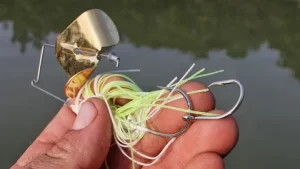
Adding a Trailer Hook
When buzzbait fishing for bass in open water or windy conditions, adding a trailer hook to your setup can make all the difference. By ensuring that the trailer hook faces upwards and incorporating this simple modification into your technique, you can significantly increase your chances of hooking big fish. Furthermore, using a trailer hook can also help prevent missed strikes or fish throwing the bait in sparse cover. Don’t underestimate the power of this small addition to your gear.
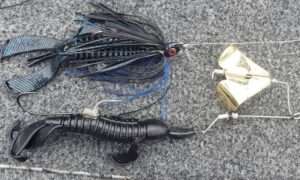
Swapping the Skirt for a Soft Plastic
Switching the skirt of a buzzbait for a soft plastic is an excellent opportunity to catch more bass while fishing. Soft plastics such as swimbaits or lizards have a better profile than skirts and can be used in any weather condition. By experimenting with various types and color combinations of soft plastics, anglers will have a better chance of catching bigger fish. Don’t forget to modify your setup according to water clarity and target species to improve your chances of getting topwater strikes.
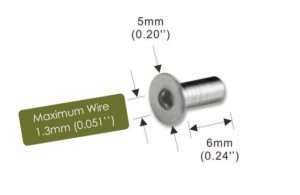
Adding a Little Squeak
To increase your chances of catching bass with a buzzbait, consider adding a little commotion to the water by attaching a small clacker or prop to the wire arm of your buzzbait. Experiment with different blade or propeller shapes and sizes, as well as scents, to find what works best in your fishing location and conditions. This modification can make your buzzbait more versatile and attract not only bass but also bluegill, toads, and other baitfish.
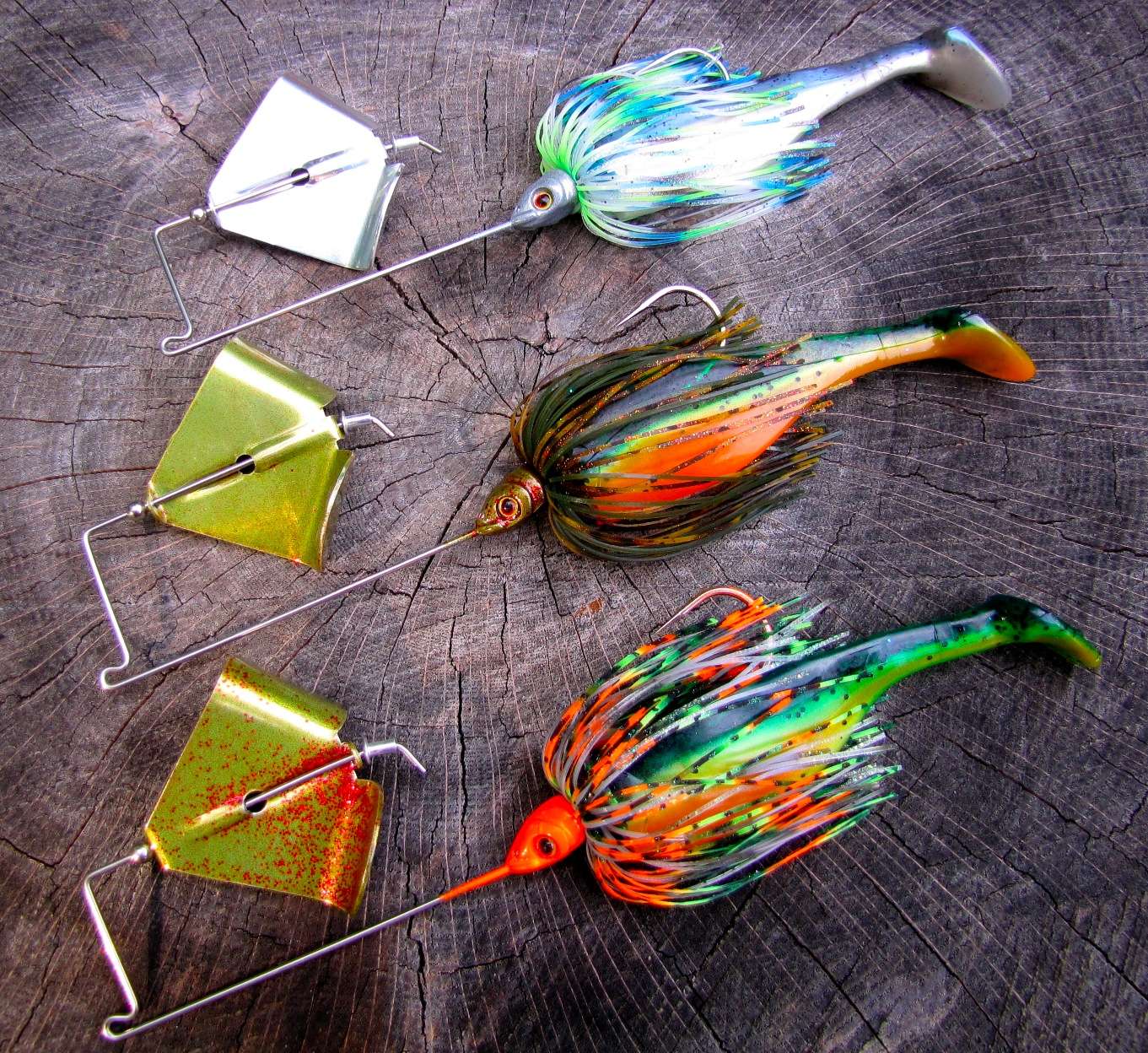
Topwater Buzzbait Fishing Tips and Tricks
To effectively target bass with buzzbait fishing techniques, it’s essential to carefully select buzzbaits that suit the water conditions. Shallow waters with vegetation or structure are ideal for retrieving buzzbaits and luring fish to strike. Creating a commotion on the surface is necessary when retrieving buzzbaits to attract bites from aggressive bass. With practice and patience mastering this technique can pay off big-time by landing bigger catches.
Pick the Right Color
When selecting a color for your buzzbait fishing lure, it’s crucial to think about the water clarity and mimic the natural prey. Brightly colored lures are effective in murky or dark waters, while more natural shades blend well with clear surroundings. Trying out different colors will help you determine what works best in varying conditions. Additionally, modifying the profile of the bait by swapping skirts for soft plastics or adding trailers could increase its appeal.
Bait recommendations
To increase your chances of success with buzzbait fishing, it’s crucial to pay attention to bait recommendations. Opt for brightly colored buzzbaits and vary your retrieve speed and technique to attract more bass strikes. When fishing in shallow water with vegetation, use a single hook buzzbait to avoid getting caught on weeds and debris. Don’t be afraid to experiment with different colors and techniques until you find the perfect setup.
Line recommendations
Selecting the right fishing line for buzzbait is crucial to ensure a successful angling experience. Factors like water clarity and lure weight should be considered while choosing from braided lines that offer superior sensitivity and hook sets or fluorocarbon lines that remain unseen underwater. For slower retrieves or murky waters, monofilament lines are a great choice. Match your preferred line type to your casting style while keeping in mind that varying your retrieve speed can create more commotion on the top of the water resulting in topwater strikes.
Rod recommendations
To select the perfect rod for buzzbait fishing, opt for one with medium-heavy power that can provide better control and casting distance. Additionally, choose a fast action rod that ensures quick hooksets and consider longer rods for even longer casts and better hooksets. By keeping these factors in mind, anglers can improve their chances of landing big bass on this exciting topwater lure.
Reel recommendations
For successful buzzbait fishing experience, choosing the perfect reel is crucial. Look for a higher gear ratio to retrieve buzzbaits quickly and accurately. A baitcasting reel provides better accuracy and control while fishing. Pick a model with a strong drag system that can handle larger fish or challenging conditions with ease. Pair it with a comfortable grip that seamlessly fits your hand when fishing.
Trailer recommendations
To enhance the effectiveness of your buzzbait fishing setup, it is essential to choose the right trailer. Soft plastic trailers can provide a natural presentation that attracts bass effectively. Additionally, experiment with different colors and sizes of trailers to match the local baitfish profile. Consider adding a paddle tail trailer that can add extra vibration and movement to the bait for more topwater strikes.
Frequently Asked Questions
When should you throw a Buzzbait?
For optimal results, use buzzbaits when fish are most active (early morning or late evening), in areas with heavy cover like weed beds and fallen trees. Buzzbaits perform well in calm waters, but can also work in slightly choppy conditions. Experiment with retrieve speeds to find the best approach for each fishing spot.
Can I use regular worms for buzzbait fishing?
Although regular worms can be used for buzzbait fishing, it’s not the most effective option. To attract fish, topwater lures like plastic frogs or minnows are more efficient. Proper rigging and experimentation with worm colors and sizes are recommended. The best bait depends on the cover and water conditions.
What is the best season and time to use buzz baits?
For optimal results, use buzz baits during the warmer months of late spring and early summer. Dawn and dusk are prime times to fish with buzz baits. These lures are particularly effective in shallow water with lots of vegetation or cover. Try varying your retrieval speed to find what works best in a given situation.
Conclusion
Buzzbait fishing is a thrilling and effective way to catch bass, especially in topwater situations. By adding some simple modifications such as a trailer hook or a squeaking blade, you can increase your chances of success even further. When choosing your tackle and equipment for buzzbait fishing, it’s important to select the right color, bait, line, rod, reel, and trailer to suit your preferences and the conditions you’ll be fishing in. Share your own buzzbait fishing tips and experiences in the comments below!


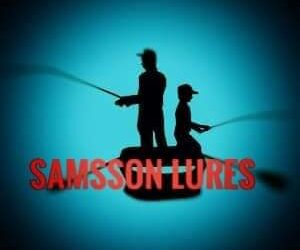
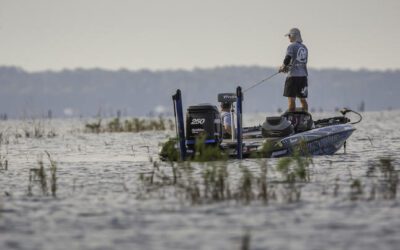


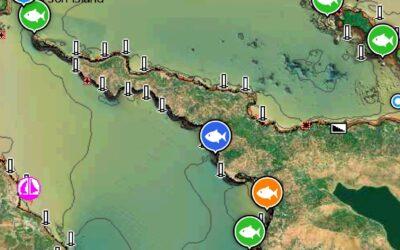
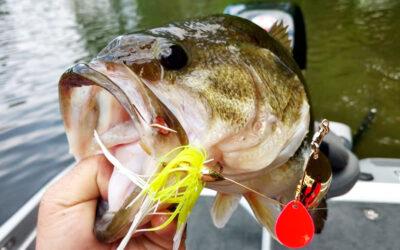
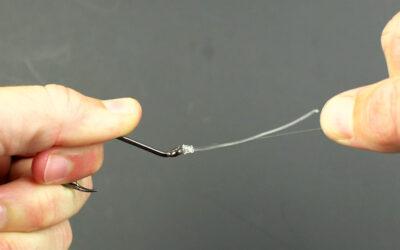
0 Comments